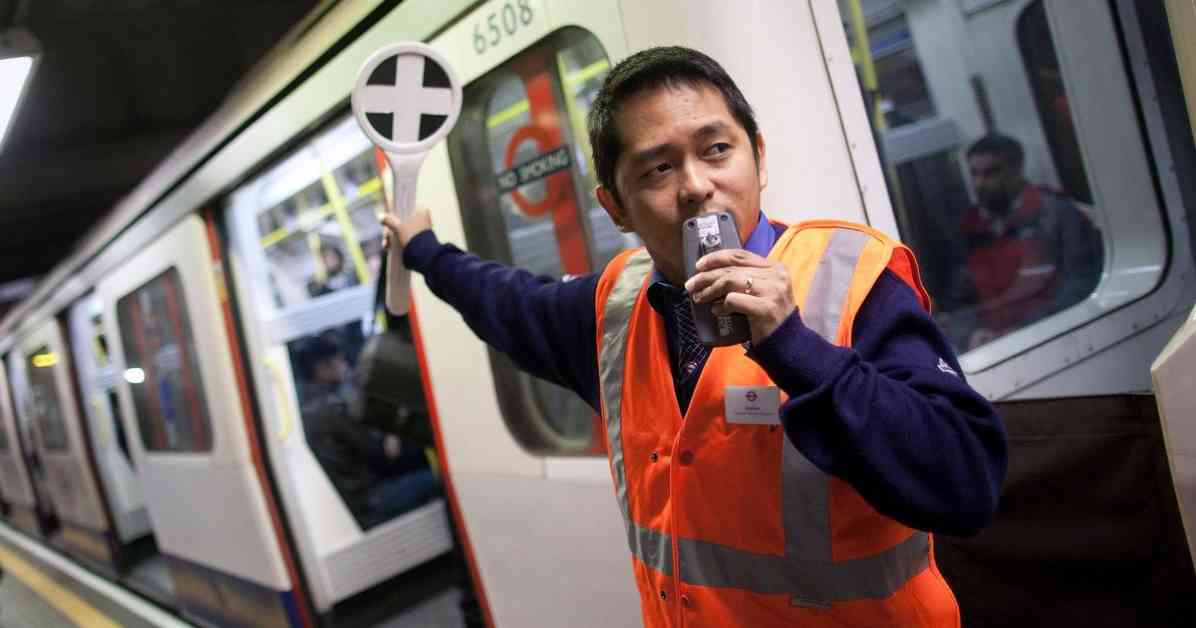The London Underground, affectionately known as the Tube, is not only a vital mode of transportation for millions of Londoners but also a world unto itself with its own unique language and culture. While most commuters may be unaware of the secret language used by Underground staff, a recent TikTok video has shed light on the cryptic phrases and acronyms employed by tube drivers.
The Mysterious Language of the Tube
One of the intriguing terms used by London Underground staff is ‘Bringing one out the yard,’ which refers to the act of moving a train out of the depot and onto the tracks. Another fascinating phrase is ‘Riding the cushions,’ which actually means sitting in the passenger seats rather than taking the helm in the drivers’ seat. These phrases may sound puzzling to the uninitiated, but they are an integral part of the everyday communication among Tube workers.
Location-Specific Terms
Some of the Tube jargon is tied to specific locations, such as ‘up the Cross the Barnet,’ which signifies driving a train up the Charing Cross branch. This branch serves as a hub for both the Northern and Bakerloo lines, making it a crucial point in the network. Understanding these location-specific terms is essential for Tube drivers to navigate the intricate web of tunnels and tracks beneath the bustling city of London.
Unveiling the Mysteries of the Tube
One of the most enigmatic acronyms used by London Underground staff is ‘PNR,’ which stands for Personal Needs Relief. This seemingly innocuous term is actually code for a much-needed toilet break during a long shift underground. Similarly, a ‘snip turn’ refers to a shorter shift, allowing Tube drivers to clock out early and enjoy some well-deserved rest.
The revelation of this secret language has captivated viewers, with many expressing their admiration for the dedicated Tube drivers who keep London moving day in and day out. Some viewers have even expressed a desire to join the ranks of Tube drivers themselves, drawn in by the allure of this hidden world beneath the city streets.
However, not everyone is eager to dive into the world of Tube jargon. Some viewers, like Sally Diare, found themselves confused by the cryptic terms, humorously questioning the need for such obscure language when referring to something as simple as a toilet break. Despite the confusion, the unveiling of the Tube’s secret language has sparked a newfound interest in the inner workings of this iconic mode of transportation.
In conclusion, the London Underground is not just a means of getting from point A to point B; it is a complex system with its own language, culture, and traditions. The unveiling of the secret language used by Tube drivers has provided a fascinating glimpse into this underground world, captivating viewers and sparking curiosity about the inner workings of one of the oldest and most iconic subway systems in the world.












